How to Stop the Never-Ending Monologue in Your Head
Barry Michels and Phil Stutz respond to a caller’s concerns about her inner monologue and Part X, on the Ask the Shrinks podcast, Vol 1.
Sundara R: I have found almost all my free-floating thoughts are Part X. When I’m not using The Tools—like when I’m doing the dishes or brushing my teeth, or because I’m not facing a problem—the monologue in my head is the continuing mindfuck that is Part X. How can I stop this monologue in my brain?
PHIL: There is no time when you don’t need to use The Tools.
BARRY: Exactly. I was going to say that you actually are facing a problem. You don’t realize it, but Part X has taken you over in those moments.
PHIL: It's always a fight between your higher self and Part X about who's going to control your state of mind.
I call these less important times garbage time, which is a basketball term, but I mean like when you're in line at the bank or the deli and you just have to wait there for 12 minutes, or you’re at the laundromat and have to wait for your clothes.
Most of us are passive or blank during these times, and Part X is in the wings rubbing its hands together like the witches in Macbeth, saying, “Oh, great! She’s passive!” It’s going to rush into your brain, pitch its tent, and mindfuck you until you wake up. Some people have gotten into this 50 years ago and have never awoken from it.
Peace of mind isn’t peaceful—it’s an active, dynamic state. You’re not going to have peace of mind unless you take responsibility for your own inner mindset.
BARRY: Because there's an inner enemy, you have to be alert and awake all the time and ready to fight it and push it away. It's almost like consciousness itself is sacred, and it's your responsibility to keep it clean and clear—to keep it the kind of space you want to live in because you are living in it.
PHIL: Yes, that’s right. At a more technical level, the best Tool is probably Grateful Flow.
BARRY: There’s a second part to her question, and it’s about the Grateful Flow. She said, “I generally start using the Grateful Flow, but after listing four or five things I'm grateful for, my mind wanders and Part X takes over.”
PHIL: That's not a failure of the tool—that's just reality. Part X is not going to go away. It's not going to say, “Oh, you did the Grateful Flow, okay, I’m going to go to the beach and leave you alone for a while.” It doesn’t work like that.
The most important time in using the Grateful Flow is the last step, and people often leave that step out. After you say three or four things that you’re grateful for, like, “I’m grateful for the sunny day, for the ham sandwich I had, that my computer works,” whatever it is, then you stop creating specific thoughts and you stop using words and just feel the flow of gratefulness itself.
Creating gratefulness is a creative act, just like painting or writing a book.
SEE THE TOOL THROUGH
The other thing people always forget about is the approach. After you stop talking, as you’re feeling the flow of gratefulness, your chest will soften and you’ll feel the force of it. You’ll feel yourself approached by this indescribably powerful beneficent force that's actually concerned with you.
If you can get to that point at the end, what you’ll feel contradicts this belief that we've all been brought up with, which is that we live in a purely physical universe that has no particular awareness that we even exist. The rationalists will say this whole thing is a coincidence or luck, but that universe is cold and has no ultimate meaning and no ultimate relationship with human beings.
The last part of the Grateful Flow is not just to correct your thinking or your state of mind in the moment—it’s to reinforce a very different view of what the universe is.









